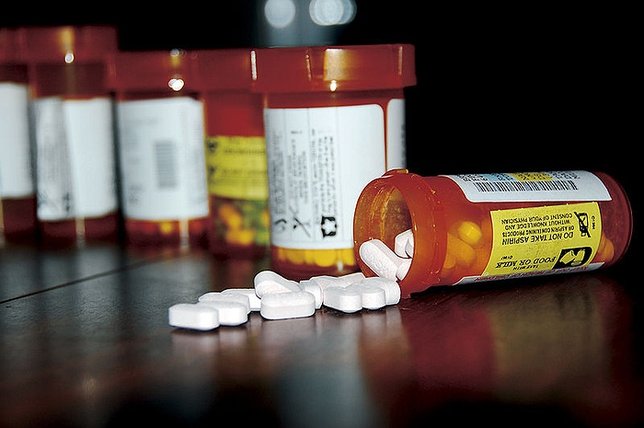Washington, DC - October 4, 2016 - The United States Drug Enforcement Administration (DEA) has reduced the amount of almost every Schedule II opiate and opioid medication that may be manufactured in the United States in 2017 by 25 percent or more, according to a Final Order being published in the Federal Register tomorrow and available for public inspection today here.
A handful of medicines were reduced by more, such as hydrocodone, which will be 66 percent of last year’s level. Demand for these opioid medicines, represented by prescriptions written by DEA-registered practitioners, has decreased according to sales data obtained by DEA from IMS Health, a company that provides insurance companies with data on prescriptions written and prescription medications sold in America.
The Aggregate Production Quota (APQ) established by the Final Order is the total amount of a controlled substance necessary to meet the estimated medical, scientific, research, industrial, and export needs for the year and for the maintenance of reserve stocks. The 2017 APQ has been reduced for oxycodone, hydrocodone, fentanyl, hydromorphone, morphine, and other such medications. Much of this reduction is attributed to the elimination of a 25 percent buffer that was added to the APQ annually in 2013 through 2016 to guard against shortages.
The 2015 National Survey on Drug Use and Health (NSDUH) released last month found 6.5 million Americans over the age of 12 used controlled prescription medicines non-medically during the past month, second only to marijuana and more than past-month users of cocaine, heroin, and hallucinogens combined.
Earlier this year the CDC issued guidelines to practitioners recommending a reduction in prescribing opioid medications for chronic pain. For years, DEA and others have been educating practitioners, pharmacists, manufacturers, and the public about the potential dangers of the misuse of opioid medications.
When Congress passed the Controlled Substances Act (CSA), the quota system was intended to reduce or eliminate diversion from “legitimate channels of trade” by controlling “the quantities of the basic ingredients needed for the manufacture of [controlled substances].” The purpose of quotas are to provide for the adequate and uninterrupted supply for legitimate medical need of the types of schedule I and II controlled substances that have a potential for abuse, while limiting the amounts available to prevent diversion. DEA establishes APQs for more than 250 Schedule I and II controlled substances annually.
In setting the APQ, DEA considers data from many sources, including estimates of the legitimate medical need; estimates of retail consumption based on prescriptions dispensed; manufacturers’ data on actual production, sales, inventory, exports, product development needs, and manufacturing losses; data from DEA’s own internal system for tracking controlled substance transactions; and past quota histories. Once the aggregate quota is set, DEA allocates individual manufacturing and procurement quotas to those companies that apply for it. DEA may revise a company’s quota at any time during the year if change is warranted due to increased sales or exports; new manufacturers entering the market; new product development; or product recalls.










